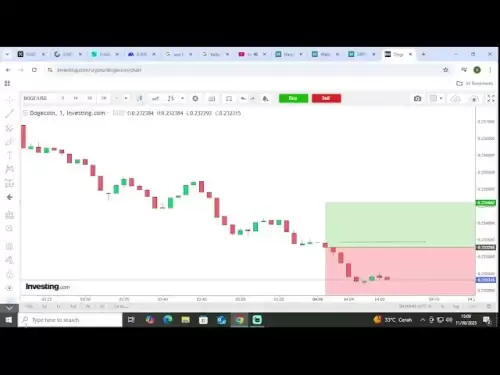-
 Bitcoin
Bitcoin $119600
0.72% -
 Ethereum
Ethereum $4175
-0.54% -
 XRP
XRP $3.207
0.44% -
 Tether USDt
Tether USDt $0.9997
-0.03% -
 BNB
BNB $795.8
-0.80% -
 Solana
Solana $178.4
-0.74% -
 USDC
USDC $0.9998
-0.01% -
 Dogecoin
Dogecoin $0.2273
-2.09% -
 TRON
TRON $0.3405
-0.28% -
 Cardano
Cardano $0.7864
-0.90% -
 Hyperliquid
Hyperliquid $44.43
1.35% -
 Chainlink
Chainlink $21.29
-0.96% -
 Stellar
Stellar $0.4411
0.55% -
 Sui
Sui $3.715
-2.92% -
 Bitcoin Cash
Bitcoin Cash $583.0
2.23% -
 Hedera
Hedera $0.2521
-2.12% -
 Ethena USDe
Ethena USDe $1.000
-0.05% -
 Avalanche
Avalanche $23.18
-1.96% -
 Litecoin
Litecoin $125.0
2.79% -
 Toncoin
Toncoin $3.311
-0.44% -
 UNUS SED LEO
UNUS SED LEO $8.996
-0.53% -
 Shiba Inu
Shiba Inu $0.00001305
-2.49% -
 Uniswap
Uniswap $10.60
-0.11% -
 Polkadot
Polkadot $3.910
-2.51% -
 Dai
Dai $0.9999
-0.03% -
 Cronos
Cronos $0.1640
2.00% -
 Ethena
Ethena $0.7932
4.93% -
 Bitget Token
Bitget Token $4.371
-1.10% -
 Monero
Monero $267.2
-1.09% -
 Pepe
Pepe $0.00001154
-3.46%
What is Gamma?
Gamma, a crucial metric in options pricing, measures the sensitivity of an option's delta to changes in the underlying asset's price, allowing traders to hedge risks and optimize their option strategies.
Feb 22, 2025 at 09:12 am
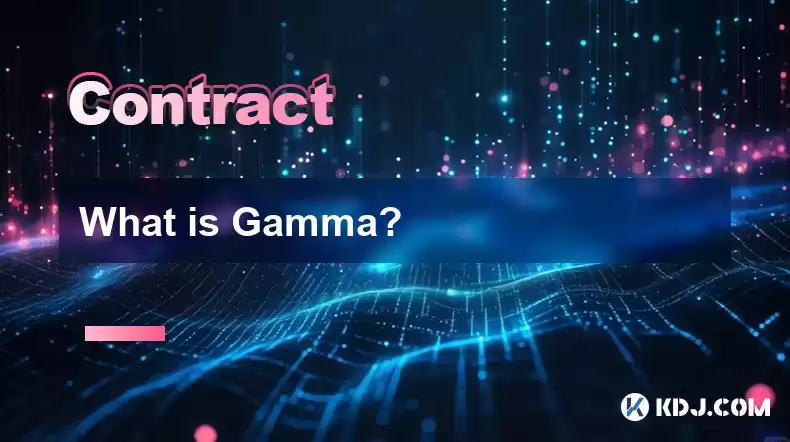
Key Points
- Definition and Function of Gamma: Gamma measures the sensitivity of an option's price to changes in the underlying asset's price.
- Gamma Hedging: Traders can use gamma hedging strategies to manage risk by adjusting their option positions based on changing gamma values.
- Calculation of Gamma: Gamma is calculated as the second derivative of an option's price with respect to the underlying asset's price.
- Factors Affecting Gamma: Factors such as the option's strike price, time to expiration, and volatility of the underlying asset affect gamma.
- Positive and Negative Gamma: Positive gamma indicates that the option's price will increase as the underlying asset's price rises, while negative gamma indicates the opposite.
- Gamma and Expiration: Gamma is at its peak when the option is near its expiration date and decreases as the option approaches expiration.
- Applications of Gamma: Gamma is used in hedging strategies, volatility trading, and option price modeling.
In-Depth Exploration
1. Definition and Function of Gamma
Gamma measures the rate of change in an option's delta with respect to changes in the underlying asset's price. When gamma is positive, it indicates that a small change in the underlying asset's price will result in a disproportionately large change in the option's delta. This means that the option is becoming more sensitive to changes in the underlying asset's price. Conversely, when gamma is negative, the option is becoming less sensitive to changes in the underlying asset's price.
Gamma provides valuable information about the sensitivity of an option's price to changes in the underlying asset's price. Traders can use gamma to assess the risk and potential return of an option position.
2. Gamma Hedging
Traders can use gamma hedging strategies to mitigate the risk of changes in the underlying asset's price. By adjusting their option positions based on changing gamma values, traders can maintain a desired level of delta exposure.
Gamma hedging involves buying or selling options to offset the gamma of an existing option position. For example, if an option has positive gamma, a trader can sell additional options to reduce the delta exposure and stabilize the profit-loss profile.
3. Calculation of Gamma
Gamma is calculated as the second derivative of an option's price with respect to the underlying asset's price. The formula for gamma is:
Gamma = (∂²V/∂S²) / (2P)where:
- V is the option's price
- S is the underlying asset's price
- P is the price of the underlying asset per share
4. Factors Affecting Gamma
Several factors affect the gamma of an option:
- Strike Price: Options with strike prices close to the underlying asset's price have higher gamma than those with strike prices far away from the underlying asset's price.
- Time to Expiration: Gamma increases as the option approaches its expiration date.
- Volatility: Options on more volatile underlying assets have higher gamma than options on less volatile underlying assets.
5. Positive and Negative Gamma
Positive gamma indicates that the option's price will increase as the underlying asset's price rises, while negative gamma indicates that the option's price will decrease as the underlying asset's price rises.
Positive gamma is typically found in options that are near-the-money and have relatively short times to expiration. Negative gamma is typically found in options that are far-from-the-money and have relatively long times to expiration.
6. Gamma and Expiration
Gamma is at its peak when the option is near its expiration date. As the option approaches expiration, the delta of the option becomes closer to 1 or 0, and the second derivative of the option's price with respect to the underlying asset's price becomes larger. This results in an increase in gamma.
7. Applications of Gamma
Gamma is used in various aspects of options trading:
- Hedging Strategies: Gamma hedging is used to manage risk and adjust option positions to maintain a desired level of delta exposure.
- Volatility Trading: Gamma is used to trade the volatility of the underlying asset, which can provide opportunities for both profit and loss.
- Option Price Modeling: Gamma is used in complex option pricing models to calculate the fair value of options, taking into account the risk and sensitivity to underlying asset price changes.
FAQs
Q: What is the difference between delta and gamma?
A: Delta measures the sensitivity of an option's price to changes in the underlying asset's price, while gamma measures the sensitivity of an option's delta to changes in the underlying asset's price.
Q: What is the relationship between time to expiration and gamma?
A: Gamma increases as the option approaches its expiration date, as the option becomes more responsive to changes in the underlying asset's price.
Q: How can you calculate the gamma of an option?
A: Gamma can be calculated as the second derivative of an option's price with respect to the underlying asset's price using the formula: Gamma = (∂²V/∂S²) / (2P)
Disclaimer:info@kdj.com
The information provided is not trading advice. kdj.com does not assume any responsibility for any investments made based on the information provided in this article. Cryptocurrencies are highly volatile and it is highly recommended that you invest with caution after thorough research!
If you believe that the content used on this website infringes your copyright, please contact us immediately (info@kdj.com) and we will delete it promptly.
- DYDX Price Stays Afloat: Navigating Neutral Momentum with Technical Indicators
- 2025-08-11 20:50:12
- Superman Takes Flight: A Deep Dive into the Comic Program and Coin Medals
- 2025-08-11 20:30:12
- JasmyCoin's Bullish Momentum: Riding the Daily Gain Wave
- 2025-08-11 21:10:12
- Shiba Inu's Comeback Trail and the Meme Coin Mania: Can $SHIB Deliver a 12,000x Return?
- 2025-08-11 18:30:11
- Proof of Trust, Transparency, and User Safety: Keeping Crypto Real
- 2025-08-11 18:50:12
- Pudgy Penguins, Bitcoin Penguins, and the $22M Meme Coin Mania: A New York Perspective
- 2025-08-11 17:10:11
Related knowledge
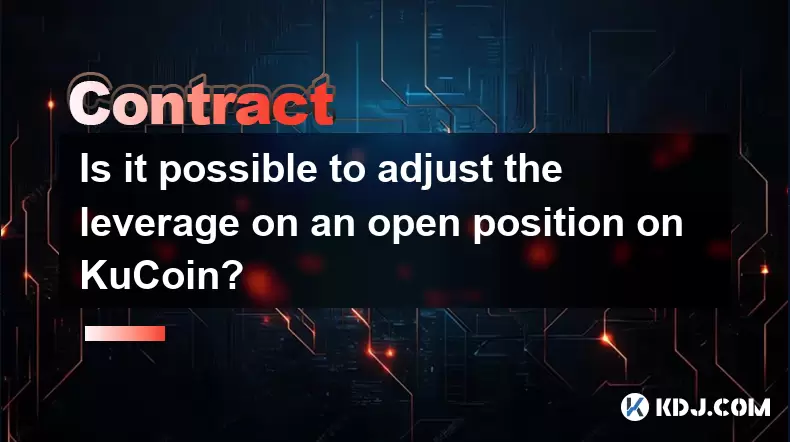
Is it possible to adjust the leverage on an open position on KuCoin?
Aug 09,2025 at 08:21pm
Understanding Leverage in KuCoin Futures TradingLeverage in KuCoin Futures allows traders to amplify their exposure to price movements by borrowing fu...

What cryptocurrencies are supported as collateral on KuCoin Futures?
Aug 11,2025 at 04:21am
Overview of KuCoin Futures and Collateral MechanismKuCoin Futures is a derivatives trading platform that allows users to trade perpetual and delivery ...
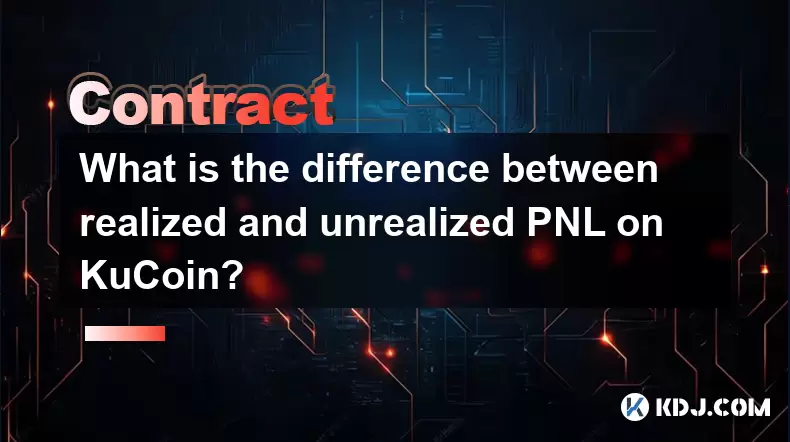
What is the difference between realized and unrealized PNL on KuCoin?
Aug 09,2025 at 01:49am
Understanding Realized and Unrealized PNL on KuCoinWhen trading on KuCoin, especially in futures and perpetual contracts, understanding the distinctio...

How does KuCoin Futures compare against Binance Futures in terms of features?
Aug 09,2025 at 03:22am
Trading Interface and User ExperienceThe trading interface is a critical component when comparing KuCoin Futures and Binance Futures, as it directly i...
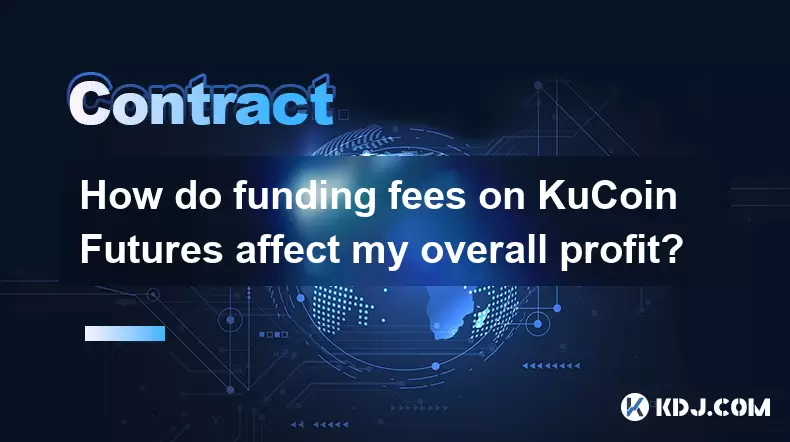
How do funding fees on KuCoin Futures affect my overall profit?
Aug 09,2025 at 08:22am
Understanding Funding Fees on KuCoin FuturesFunding fees on KuCoin Futures are periodic payments exchanged between long and short position holders to ...
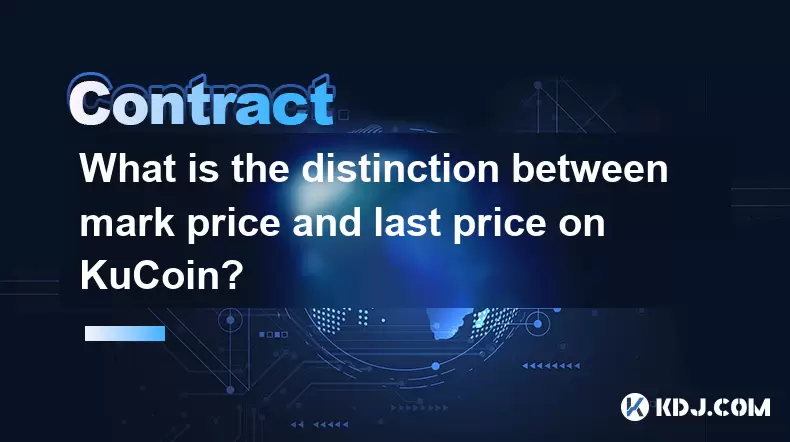
What is the distinction between mark price and last price on KuCoin?
Aug 08,2025 at 01:58pm
Understanding the Basics of Price in Cryptocurrency TradingIn cryptocurrency exchanges like KuCoin, two key price indicators frequently appear on trad...

Is it possible to adjust the leverage on an open position on KuCoin?
Aug 09,2025 at 08:21pm
Understanding Leverage in KuCoin Futures TradingLeverage in KuCoin Futures allows traders to amplify their exposure to price movements by borrowing fu...

What cryptocurrencies are supported as collateral on KuCoin Futures?
Aug 11,2025 at 04:21am
Overview of KuCoin Futures and Collateral MechanismKuCoin Futures is a derivatives trading platform that allows users to trade perpetual and delivery ...

What is the difference between realized and unrealized PNL on KuCoin?
Aug 09,2025 at 01:49am
Understanding Realized and Unrealized PNL on KuCoinWhen trading on KuCoin, especially in futures and perpetual contracts, understanding the distinctio...

How does KuCoin Futures compare against Binance Futures in terms of features?
Aug 09,2025 at 03:22am
Trading Interface and User ExperienceThe trading interface is a critical component when comparing KuCoin Futures and Binance Futures, as it directly i...

How do funding fees on KuCoin Futures affect my overall profit?
Aug 09,2025 at 08:22am
Understanding Funding Fees on KuCoin FuturesFunding fees on KuCoin Futures are periodic payments exchanged between long and short position holders to ...

What is the distinction between mark price and last price on KuCoin?
Aug 08,2025 at 01:58pm
Understanding the Basics of Price in Cryptocurrency TradingIn cryptocurrency exchanges like KuCoin, two key price indicators frequently appear on trad...
See all articles


























